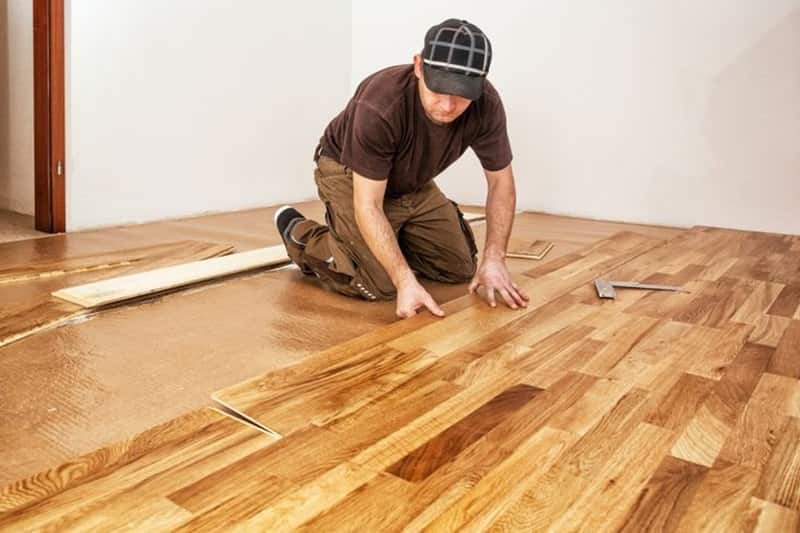Vinyl flooring is a popular choice for its durability, versatility, and easy maintenance. However, one common issue that can occur with vinyl floors is buckling, where the flooring lifts or forms waves or bubbles. In this article, we will explore the causes of vinyl floor buckling and provide effective solutions to address and prevent this problem.
Understanding Vinyl Floor Buckling
1. Moisture and Humidity
Excessive moisture and humidity are major culprits behind vinyl floor buckling. When moisture seeps into the subfloor or the space between the vinyl and the subfloor, it can cause the flooring to expand, leading to buckling.
2. Incorrect Installation
Improper installation is another common cause of vinyl floor buckling. If the flooring is not properly acclimated, not given enough expansion gaps, or if adhesive or glue is applied incorrectly, it can result in the formation of bubbles or waves.
3. Subfloor Issues
Problems with the subfloor, such as uneven surfaces, bumps, or dips, can also cause vinyl floor buckling. The presence of these imperfections can prevent the vinyl from lying flat and lead to buckling over time.
Solutions to Address Vinyl Floor Buckling
1. Identify the Source of Moisture
If moisture is the cause of the buckling, it is crucial to identify and address the source of the moisture. Fix any leaks, improve ventilation in the room, or take measures to control humidity levels to prevent further moisture-related issues.
2. Allow for Proper Acclimation
During installation, ensure that the vinyl flooring is acclimated to the room’s temperature and humidity conditions. Follow the manufacturer’s recommendations regarding acclimation time, typically around 24-48 hours, to allow the flooring to adjust before installation.
3. Professional Repairs or Reinstallation
In cases where the buckling is severe or widespread, it may be necessary to seek professional help. A professional installer can assess the situation, determine the cause of the buckling, and provide appropriate repairs or reinstall the flooring if needed.
4. Address Subfloor Issues
To prevent or resolve buckling caused by subfloor imperfections, it may be necessary to address the underlying subfloor issues. Leveling the subfloor, filling in gaps or depressions, or smoothing out uneven surfaces can help create a more stable foundation for the vinyl flooring.
5. Replace Damaged Sections
If the buckling is localized to specific areas of the vinyl floor, you may consider replacing those sections. This approach is particularly useful when the buckling is due to a moisture-related issue or if the damage is limited to a small portion of the floor.
6. Preventive Measures
Taking preventive measures can help minimize the risk of vinyl floor buckling in the future:
- Maintain Optimal Humidity: Keep the humidity levels in your home within the recommended range for vinyl flooring, typically between 30% and 60%.
- Use Moisture Barriers: Install moisture barriers, such as vapor barriers or underlayment, to create an additional layer of protection against moisture.
- Proper Cleaning and Maintenance: Follow the manufacturer’s guidelines for cleaning and maintenance. Avoid excessive moisture during cleaning and promptly clean up spills or water to prevent water seepage.
Conclusion
Vinyl floor buckling can be a frustrating issue, but there are solutions available to address and prevent it. Identifying the cause of the buckling, addressing moisture or humidity issues, and ensuring proper installation and subfloor preparation are crucial steps.
If the problem persists or if the buckling is extensive, seeking professional assistance is recommended.
By taking proactive measures and addressing any underlying issues, you can maintain a flat, stable, and visually appealing vinyl floor in your home or commercial space.


